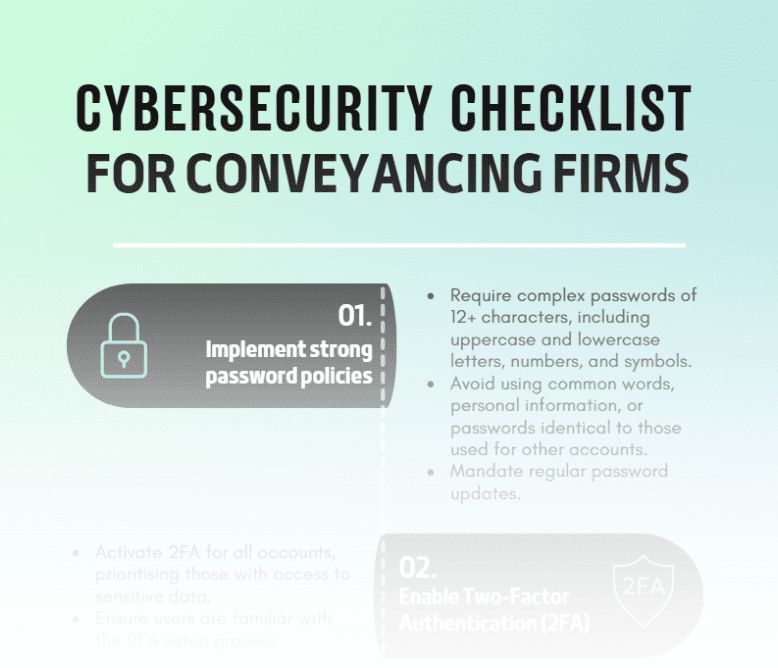In NSW, it’s fair to say that confidence in the new apartment market is waning. Recent media reports of defective buildings and mass evacuations have left many would-be “new build” buyers with the impression they’re an incredibly risky investment compared to off-plan buying in an established development.
The lack of confidence in buying new apartments isn’t helped by the fact that off-plan buyers can also find themselves in a vulnerable position under NSW law.
There have been many stories about developers allegedly delaying completion so they can use sunset clauses to rescind contracts and re-sell at a higher price. And, sometimes, off plan buyers who find their finished apartment differs from agreed plans have no recourse or remedy under their contract.
But, at long last, this is all about to change and the timing probably couldn’t be better. Changes to the Conveyancing Act 1919 and Real Property Act 1900 – set out by the Conveyancing Legislation Amendment Act 2018 No 75 (NSW) – are expected to come into effect in the coming weeks and they’ll bring a few welcome protections.
Above all, the key changes proposed by the amendment act have been designed to make developers much more accountable while strengthening a buyer’s position in any deal. Here’s what those changes look like.
Preventing misuse of sunset clauses
Soon, developers won’t be able to turn sunset clauses to their own advantage in a booming property market – which could be a welcome relief as we appear to head into another period of property price increases.
Once the changes come into effect, developers will be required to obtain consent of all purchasers under the contract to rescind the contract after the sunset date.
Without the consent of the purchaser, developers will only be able to seek to rescind a contract by applying to the Supreme Court. And, even if the Court finds rescission is just and equitable in the circumstances, the amendments to the law will allow the Court to award buyers with damages if they suffer loss as a result.
Peace of mind around variations
One of the biggest risks associated with buying off plan compared to established real estate is the inability to view the finished property before committing to the purchase. And, in the past, buyers have been left high and dry when newly completed apartments fall short of expectations around crucial aspects like layout or fittings and finishes.
The amendment act sets out new requirements for developers prescribing that developers must attach a disclosure statement to all purchase contracts including a draft plan.
The disclosure statement must also outline the remedies available where disclosure obligations aren’t met.
As part of these new requirements, developers must notify purchasers at least 21 days before settlement if they become aware of any changes to material particulars under the draft plan.
What’s more, purchasers will be able to rescind the contract if they can show they wouldn’t have bought the apartment if they knew of the changes, or if the change will negatively affect their enjoyment or use of the property.
Longer cooling off periods in off-plan buying
Committing to buying a new property with nothing more than a draft plan and a few artists impressions is a big ask. So, it’s not surprising a lot of people think the current cooling-off period of only five days is unduly onerous for off plan buyers.
Under the upcoming changes, this cooling off period will be doubled to 10 days, giving buyers much more time to consider their purchase and carry out any due diligence they think is necessary.
Anyone interesting in off-plan buying is likely to approach their purchase with more trepidation than someone who buys a completed property.
But it’s a shame to miss out on all the bells and whistles of a new build because a few developers have engaged in some bad practices in the past.
Thankfully for the industry, the new legislative requirements will help many off plan buyers overcome the perceived risks of entering a David and Goliath battle with developers.
For more conveyancing news, subscribe to The Conveyancer Digest newsletter.






